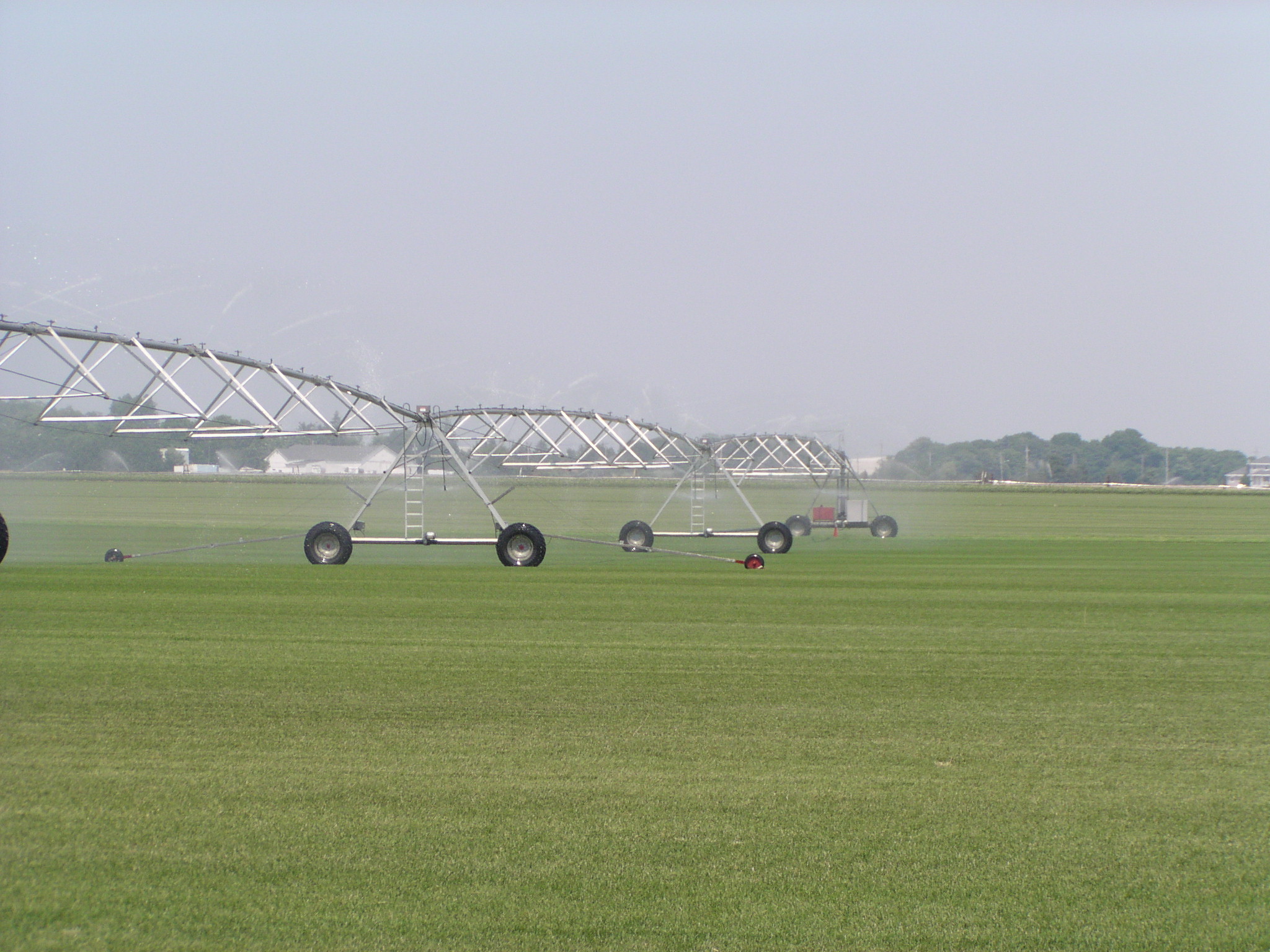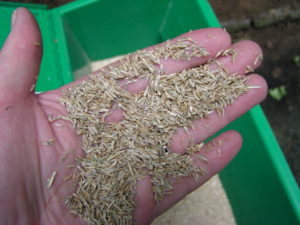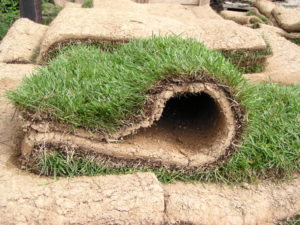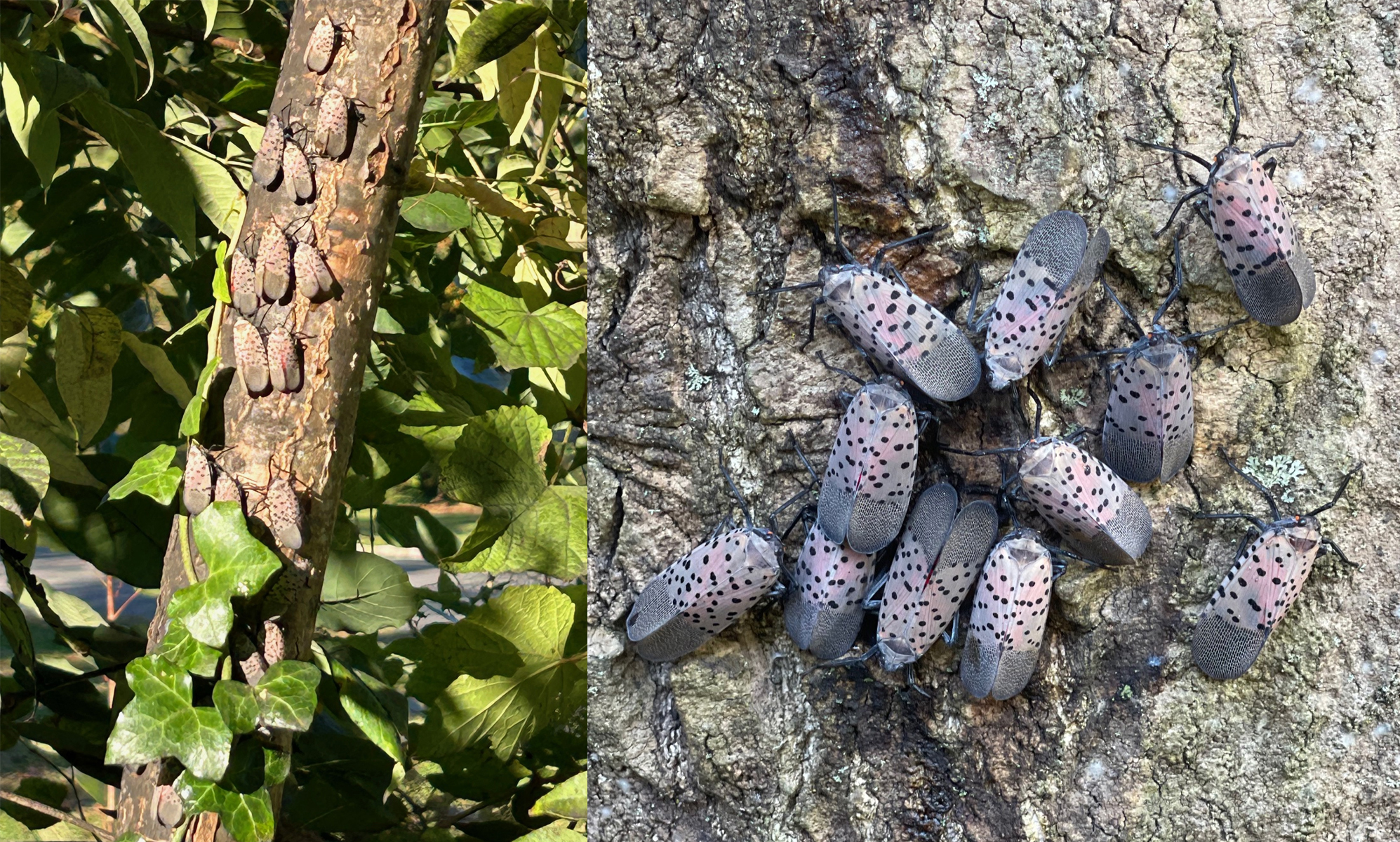
Tackling the Lawn: Seed vs. Sod
How would you sum up the weather for the past few months? Hot, humid, and dry could come to mind! Now that summer 2023 is beginning to wind down, it’s time to focus on getting the lawn back in shape.
An important question to ask yourself – does the lawn need total renovation?
If so, you have two options: seeding or sodding.
On Long Island, late summer mid early fall is the best time to tackle your lawn – whatever the scale of the job.
Seeding

Seeding a new lawn has many benefits, especially at this ideal time of the year. A few words of advice to get you started.
- Select seed based on site conditions – sun or shade, wet or dry. Avoid using one grass type whenever possible. Mixes of several grass types are preferred – perennial ryes, Kentucky bluegrasses, fescues – are preferable.
- Figure out the square footage of the area to be seeded and buy extra to allow for any over-seeding next spring. This will keep the look and growth habit of the lawn consistent.
- A smart, needed step – prepare the soil before you seed. Use a sod cutter, rototill, or turn over areas to be seeded. Start with a clean site – remove weeds, grass clumps, and debris. Loosened soil should be raked level. Use a spreader to apply lime (if determined by a pH test), then seed – make sure that you thoroughly cover the area, do the same with a lawn starter fertilizer, and lightly tamp in. You can go the extra step and have a soil test done to determine existing pH and nutrient levels.
- Newly seeded lawns need frequent watering to establish. The newly seeded area should never be allowed to dry out; this could mean wetting the area several times a day if weather conditions are hot and dry.
- Newly seeded lawns should be mowed when the new grass reaches a height of 3”. Always use a sharpened mower blade to cut, not tear, the leaf blades.
Sodding

Sodding a new lawn gives instant gratification to any landscape. It might be considered by some as taking the easy way out, but truth be told, there are still needed steps to be taken for a healthy lawn to establish.
- Just like with seeding, you need to prepare the soil before you sod. Use a sod cutter, rototill, or turn over areas to be sodded. Start with a clean site – remove weeds, grass clumps, and debris. Loosened soil should be raked level. Use a spreader to apply lime (if determined by a pH test), then do the same with a lawn starter fertilizer. Rototill soil, grade off and put down the sod strips. Place strips as close as possible to each other to allow for even knitting of the lawn.
- Be sure to water frequently until sod takes hold into the soil. And then water regularly, as needed.
- Not just a spring or fall activity, sodding can be done whenever it is available for purchase.



